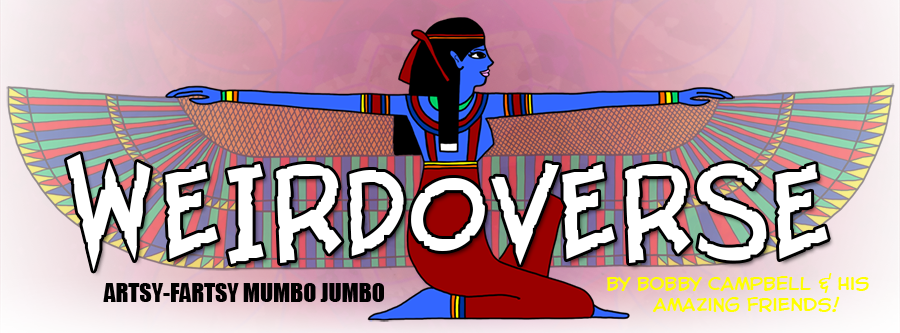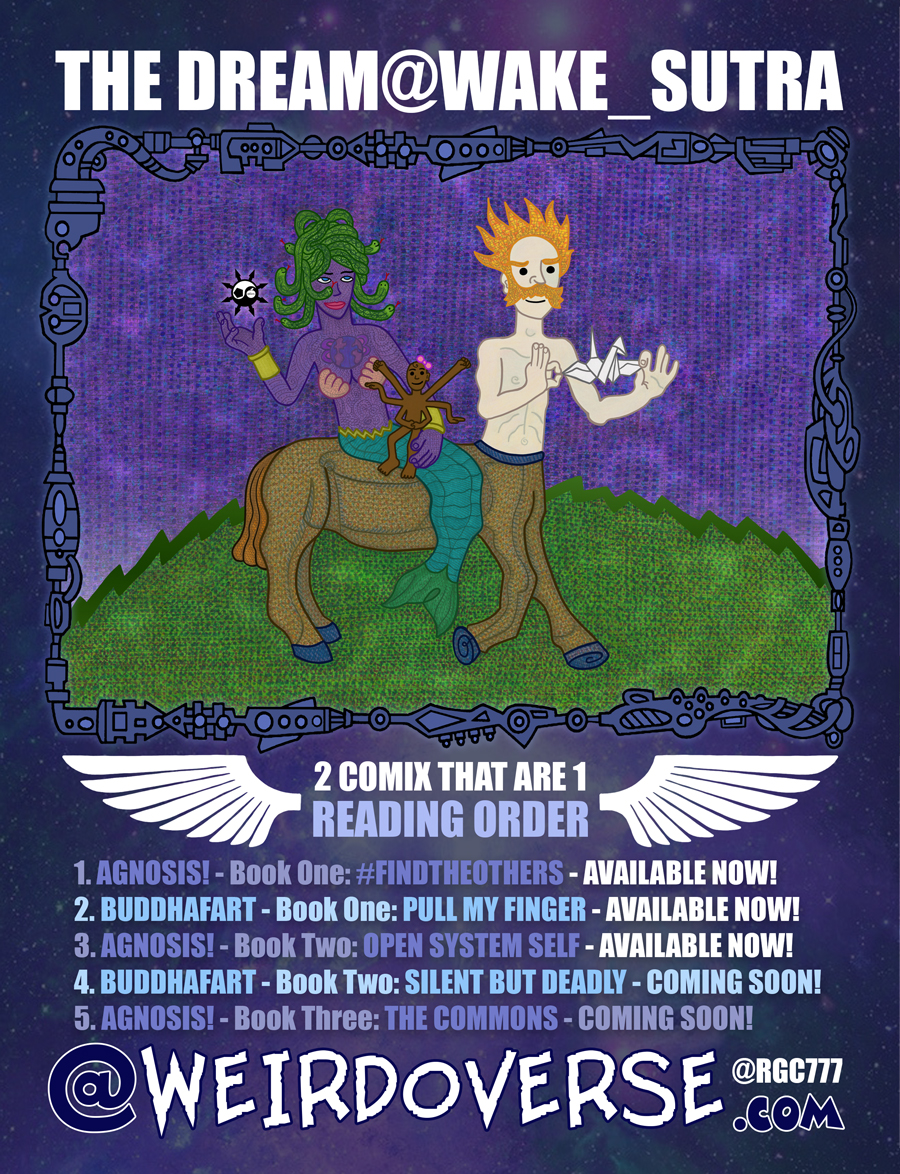
THE STORY SO FAR…
AGNOSIS! – BOOK ONE: #FINDTHEOTHERS
BUDDHAFART – BOOK ONE: PULL MY FINGER
AGNOSIS! – BOOK TWO: OPEN SYSTEM SELF
NEW WEEKLY EPISODES BEGIN NEXT SUNDAY! :))) (4/4/21)
Category Archives: DREAM@WAKE
UFOS ON THE LAM
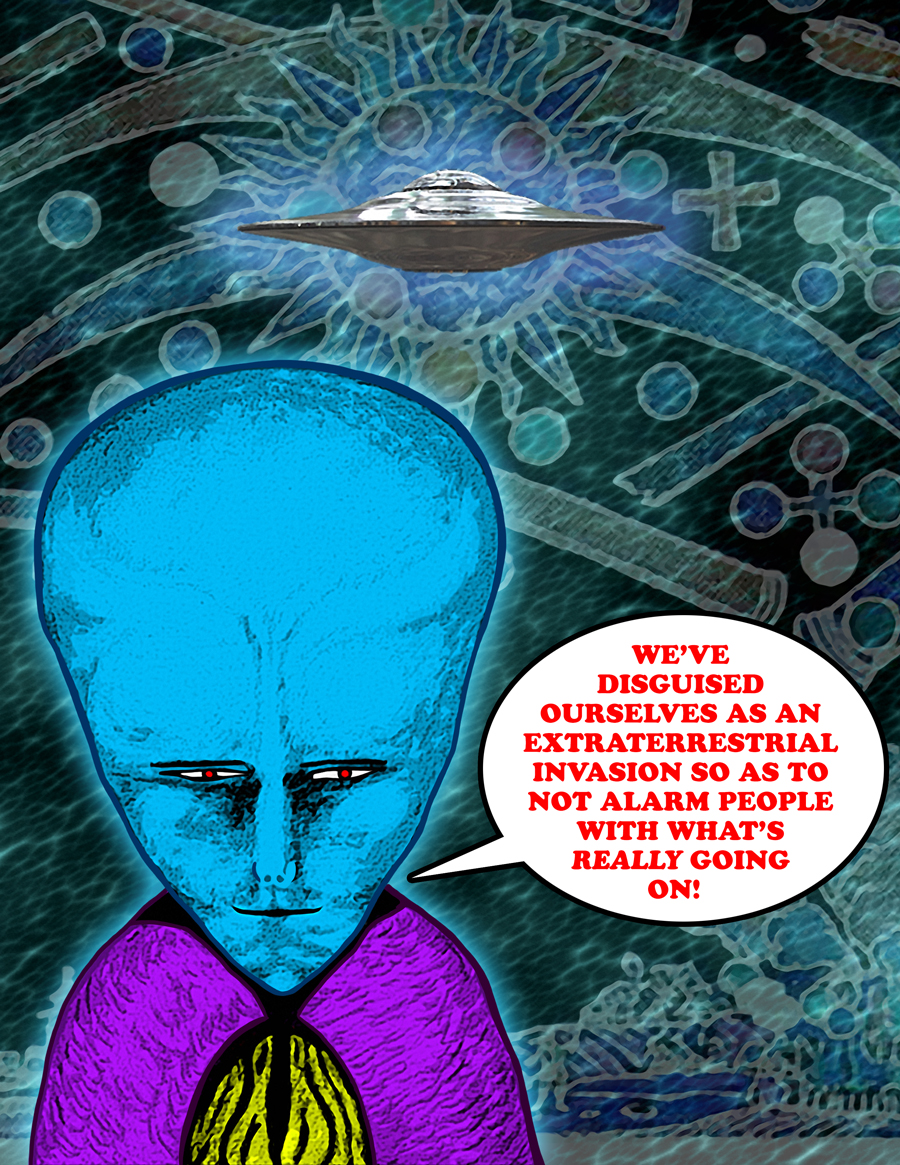
“THE IMPOSSIBLE OFTEN HAS A KIND OF INTEGRITY WHICH THE MERELY IMPROBABLE LACKS.”
– Douglas Adams
During the winter of 1918, in New York City, Aleister Crowley & Scarlet Woman Roddie Minor conducted the Amalantrah Working. This sexual & ceremonial ritual was intended to open a “magickal portal” through which invoked interdimensional intelligences could come to physical manifestation. (!?!)
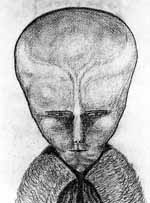 An egg headed character called LAM is supposed to have been the resultant visitor from this most peculiar experiment. Crowley claimed his artistic rendering of LAM (pictured left) was a portrait he drew from real life! The image was published in 1919 within a book of Crowley’s commentary on Madame Blavatsky‘s “The Voice of the Silence.” The image was titled “The Way” and included the following inscription:
An egg headed character called LAM is supposed to have been the resultant visitor from this most peculiar experiment. Crowley claimed his artistic rendering of LAM (pictured left) was a portrait he drew from real life! The image was published in 1919 within a book of Crowley’s commentary on Madame Blavatsky‘s “The Voice of the Silence.” The image was titled “The Way” and included the following inscription:
“LAM is the Tibetan word for Way or Path, and LAMA is He who Goeth, the specific title of the Gods of Egypt, the Treader of the Path, in Buddhistic phraseology. Its numerical value is 71, the number of this book.”

Much has been made of LAM’s prescient resemblance to The Greys, those world famous pro bono proctologists from the stars, who starred in a great many alien contactee claims of Reagan Era USA, and are now pop culture icons.
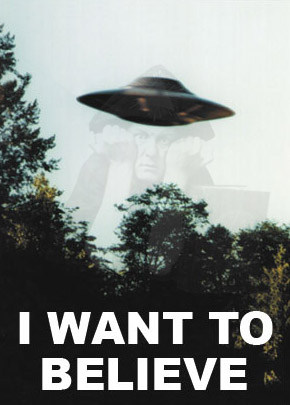 “Lam is a Great Old One whose archetype is recognizable in accounts of UFO occupants.” Says Kenneth Grant, who Crowley gave his portrait of LAM to in 1945.
“Lam is a Great Old One whose archetype is recognizable in accounts of UFO occupants.” Says Kenneth Grant, who Crowley gave his portrait of LAM to in 1945.
Michael Bertiaux, who claims to have replicated the Amalantrah Working in the 1960’s, described the phenomena as the “subterranean burgeoning of Lucifer-Gnosis.”
Such psychological interpretations of the extraterrestrial visitations actually seem to amplify the mystery! It was no less a luminary of the mind than Carl Jung, in his book “Flying Saucers: A Modern Myth of Things Seen in the Sky”, who deduced that belief in UFOs better suited general opinion, which very much wanted them to be real. Jung then set himself to answer his famous question:“Why should it be more desirable for Saucers to exist than not?”
This curiosity is exemplified by the regular occurrence of hyperbolic mass media UFO stories, wherein any flimsy premise is suitable to instigate a prodigious memetic buzz. Typically there is nothing even remotely resembling proof offered, only mere assertion, which a great many decide to believe, but why?
Because flying saucers are symbols from an ancient dream language, Jung would propose, the circular shape of a self perfected and projected into the abode of the Gods. An ideal savior and/or nemesis of technologically alienated modern humanity, unidentified flying objects have been imaginatively interjected into history, disrupting the normal proceedings of the world for better and/or worse.
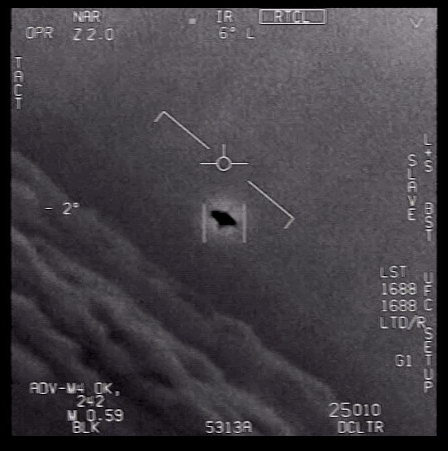 None of which is to say that UFOs aren’t real! Because of course they are, but the quantum leap in logic from unidentified flying objects to alien spacecrafts is something of a recurring curiosity. Regular as rain, someone with governmental bona fides comes out and confirms the existence of “UFOs”, which creates the pretext for a semantic hallucination, because “UFO” is a term that has become synonymous with alien spacecraft, but the presented evidence only ever shows unidentified flying objects. Amongst the confusion of this linguistic shell game highly questionable heresy creeps towards unearned legitimacy. My intent here isn’t to disprove the existence of alien spacecrafts, but rather to point out an age-old epistemological problem, as the Buddha might say, “sabda is not pramina,” testimony is not experience.
None of which is to say that UFOs aren’t real! Because of course they are, but the quantum leap in logic from unidentified flying objects to alien spacecrafts is something of a recurring curiosity. Regular as rain, someone with governmental bona fides comes out and confirms the existence of “UFOs”, which creates the pretext for a semantic hallucination, because “UFO” is a term that has become synonymous with alien spacecraft, but the presented evidence only ever shows unidentified flying objects. Amongst the confusion of this linguistic shell game highly questionable heresy creeps towards unearned legitimacy. My intent here isn’t to disprove the existence of alien spacecrafts, but rather to point out an age-old epistemological problem, as the Buddha might say, “sabda is not pramina,” testimony is not experience.
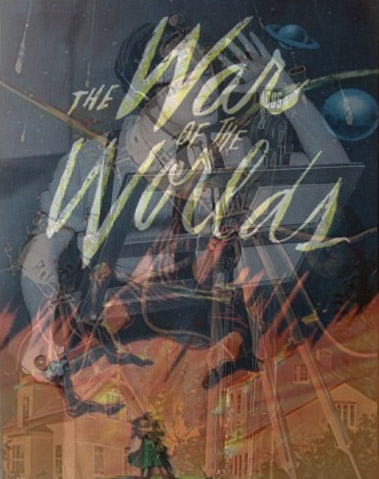 The mass hysteria induced by Orson Wells’ radio broadcast of The War of the Worlds on October 30th, 1938, perhaps one of the most effective media viruses ever propagated, is a perfect example of both how readily the public will accept news of an alien invasion, and how the aliens need not necessarily actually exist in order to dramatically effect the reality of the psyche.
The mass hysteria induced by Orson Wells’ radio broadcast of The War of the Worlds on October 30th, 1938, perhaps one of the most effective media viruses ever propagated, is a perfect example of both how readily the public will accept news of an alien invasion, and how the aliens need not necessarily actually exist in order to dramatically effect the reality of the psyche.
“The saucer, no matter how alien it appears, no matter how advanced its demonstrations of power, is not a vehicle from some other star system, it is the oversoul of humanity up to its oldest trick.” Says Terence Mckenna, who frequently experienced contact with alien intelligences under the influence of entheogens, especially DMT, the hypothesized “Spirit Molecule”. Which is a psychedelic neurotransmittor found naturally occurring within the human nervous system.
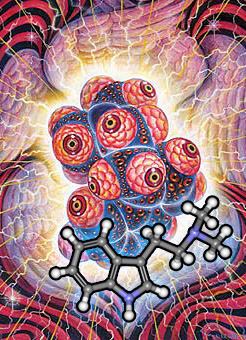 Beyond even the psychological interpretation, I am most interested in the neurochemical interpretation, as advocated by Dr. Rick Strassman. The general premise is that within certain extreme situations the pineal gland is capable of synthesizing psychedelic quantities of endogenous DMT, thus providing a neurochemical medium for visionary experiences of any and all kinds.
Beyond even the psychological interpretation, I am most interested in the neurochemical interpretation, as advocated by Dr. Rick Strassman. The general premise is that within certain extreme situations the pineal gland is capable of synthesizing psychedelic quantities of endogenous DMT, thus providing a neurochemical medium for visionary experiences of any and all kinds.
DMT has also been proposed as playing an active role within the brain chemistry of the dream state, so I do here propose the alien contact experience may be a case of neurologically dreaming while awake. Though just to slight the non-believers as well as the believers, DMT is not thought to supply the content of hallucination, but rather just to change the ways and means of information processing in the brain.
Meanwhile in 1918 New York City, Aleister Crowley is told “It’s all in the egg.” When he questions this statement he is answered “Thou art to go this way.”
How James Joyce inspired Star Wars
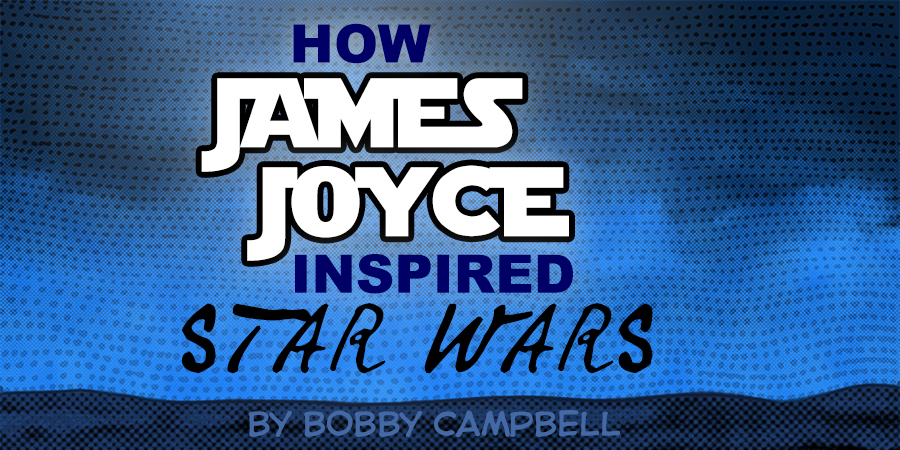
This is a fairly easy observation to make, but I’ve never seen anyone else connect these particular dots, and so here’s How James Joyce Inspired Star Wars.
It’s a well known piece of trivia that George Lucas borrowed from Joseph Campbell’s book The Hero With a Thousand Faces while composing the story of the original Star Wars movie. Luke follows the archetypal Hero’s Journey that Campbell outlined in his book. Though then another well known piece of trivia is that Joseph Campbell borrowed from James Joyce’s book Finnegans Wake while developing the structure of The Hero With a Thousand Faces. Campbell’s concept of the Hero’s Journey was inspired by Joyce’s monomyth. There is thus a direct line of influence from Joyce’s Finnegans Wake to Campbell’s Hero w/ a Thousand Faces to Lucas’ Star Wars.
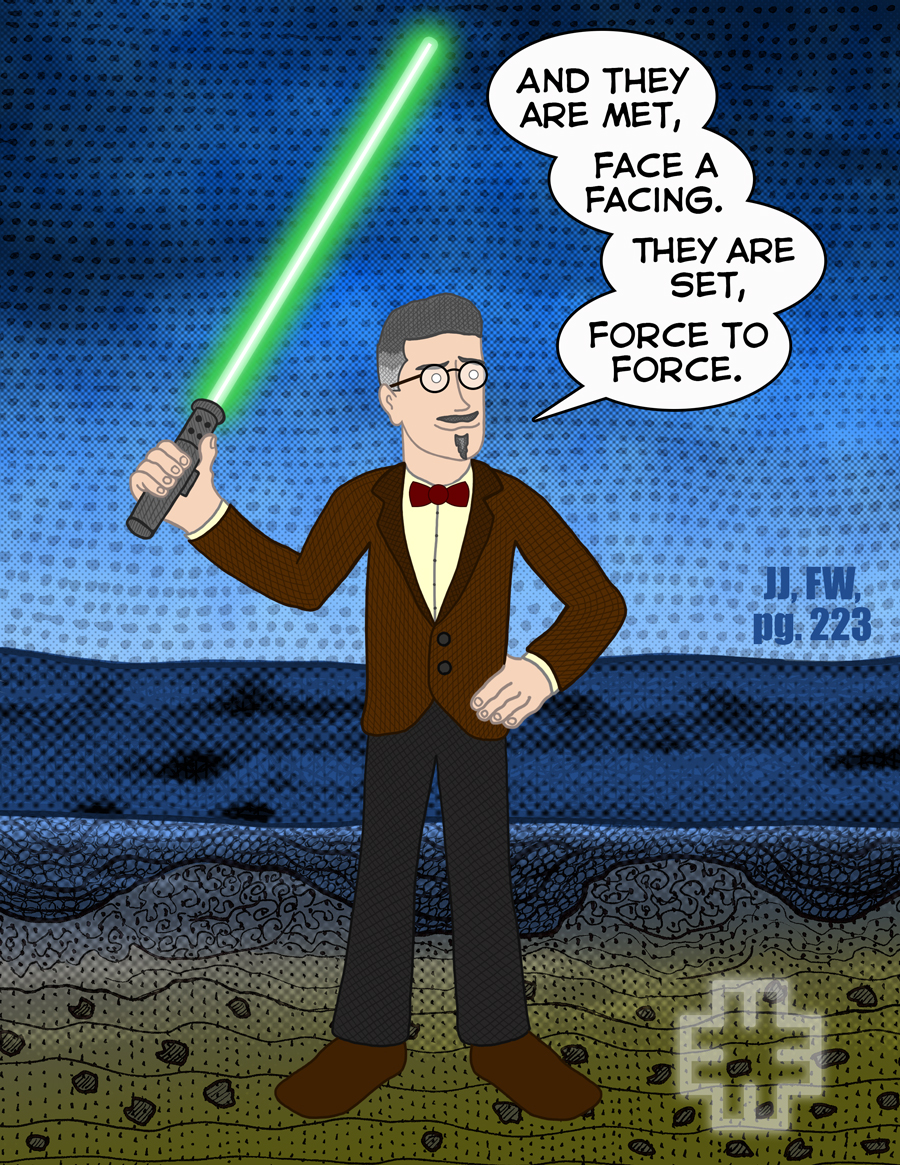
Not that there are all that many recognizably Joycean elements in Star Wars, but there does remain the general theme of common people contending against oppression while on a mythic journey of self discovery. What is it that the Finnegans are supposed to do once they awaken? Why they begin to rebel against the empire of course! In Finnegans Wake nothing ever means only one thing, but a particularly interesting interpretation, offered by Joyce himself, suggests the title is a warning to the ruling classes that the oppressed rise, eventually, in every historical cycle. That is, the Jedi always return.
The 7th installment of the Star Wars saga includes 2 potential high-profile references to the monomythic source material. The episode title The Force Awakens is a pretty simple jump from Finnegans Wake, and it’s an even smaller leap of logic to Finn, the stormtrooper turned rebel hero. Of course, these may be merely coincidental creative decisions, or worse yet, perhaps memetic synchronicity is an emergent, and especially nerdy, property of complex narrative systems :)))
The Rorschach test like aesthetic of Finnegans Wake’s holographic prose pretty much guarantees that you can find any number of Proto-Star-Warsian elements buried within, depending on how hard you are willing to look for them. For example: “right glad we never shall forget, thoh the dayses gone still they loves young dreams and old Luke with his kingly leer, so wellworth watching” (JJ, FW, Pg 398).
I couldn’t agree more!
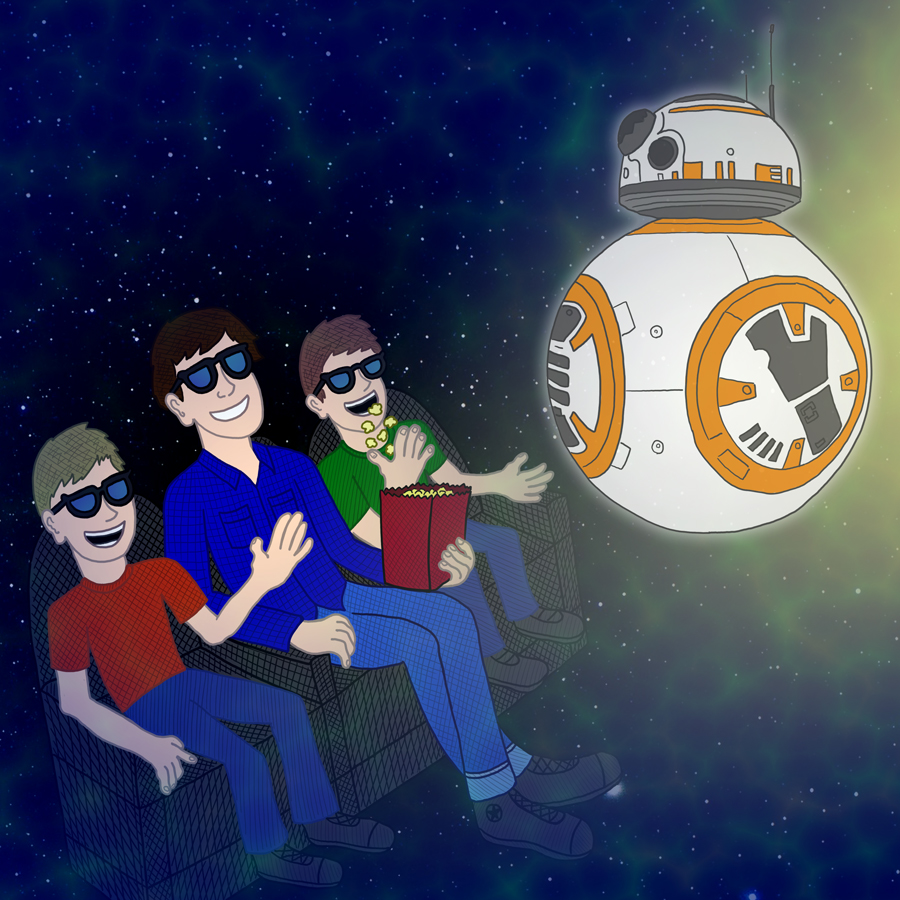
Also, This telephone game of inspiration reminds me of my other fav second gen iteration: Robert Anton Wilson & Robert Shea’s Illuminatus! trilogy influenced Grant Morrison’s Invisibles which influenced The Wachowski’s Matrix trilogy. Though then of course Finnegans Wake was a huge influence on the Illuminatus! trilogy to begin with, and so it goes for what Terence McKenna called the quintessential artwork of the 20th century.
If you’re interested in diving into Finnegans Wake, without the commitment of contending with that impossible sea of textual mish-moshing, I heartily recommend WAYWORDS AND MEANSIGNS
A free unabridged musical version of James Joyce’s Finnegans Wake created by a collaborative collective of intrepid Joyceans. Surf’s up!
CHERRY ISLAND
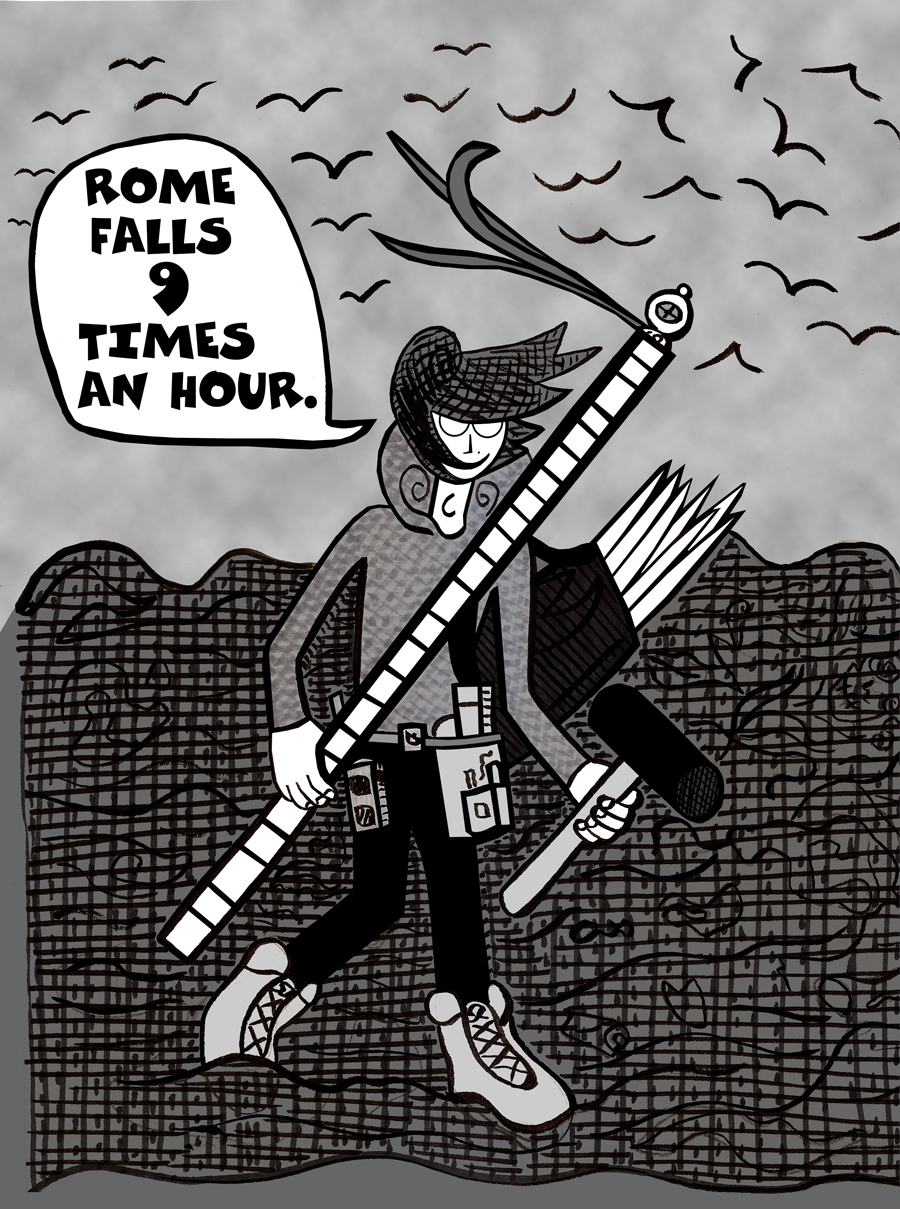
I was once asked to explain the meaning of this here scribble, w/ interesting results!
—————– Original Message —————–
From: Bobby Campbell
Date: Jun 26, 2007 1:53 PMHello J!
Cherry Island is a landfill where I often work in my job as a land surveyor. I’m outfitted there w/ the tools for to set fill limit grade stakes. By which the workers can determine how much more garbage a given area can house before reaching capacity.
The quote is from Terence Mckenna, re: his fractal spacetime model.
Have a Good’n!
bc
—————– Original Message —————–
From: J
Date: Jun 28, 2007 12:45 AMIsn’t that a 24″ gauge & a common gavel?
You a travelin man?
—————– Original Message —————–
From: Bobby Campbell
Date: Jun 28, 2007 11:28 PMFrom the west and traveling to the east, in search of light!
Actually I had never heard of any of that until I googled “24” gauge & common gavel” a minute ago. They’re really an extendable prism pole and a sledge hammer, but I see what you mean!
My first read through of Finnegans Wake was done mostly at Cherry Island, sitting in my work truck, amongst the trash heap landscape, which is wildly appropriate, as Terence McKenna explains, “I mean, Joyce is so dense with technical terms, brand names, pop references, localisms; the way to conceive of Finnegans Wake is like a midden, a garbage dump — and there is, in fact, a garbage dump in the Wake that figures very prominently.” – Surfing on Finnegans Wake
“Where in the waste is the wisdom?”
JJ, FW Pg. 114
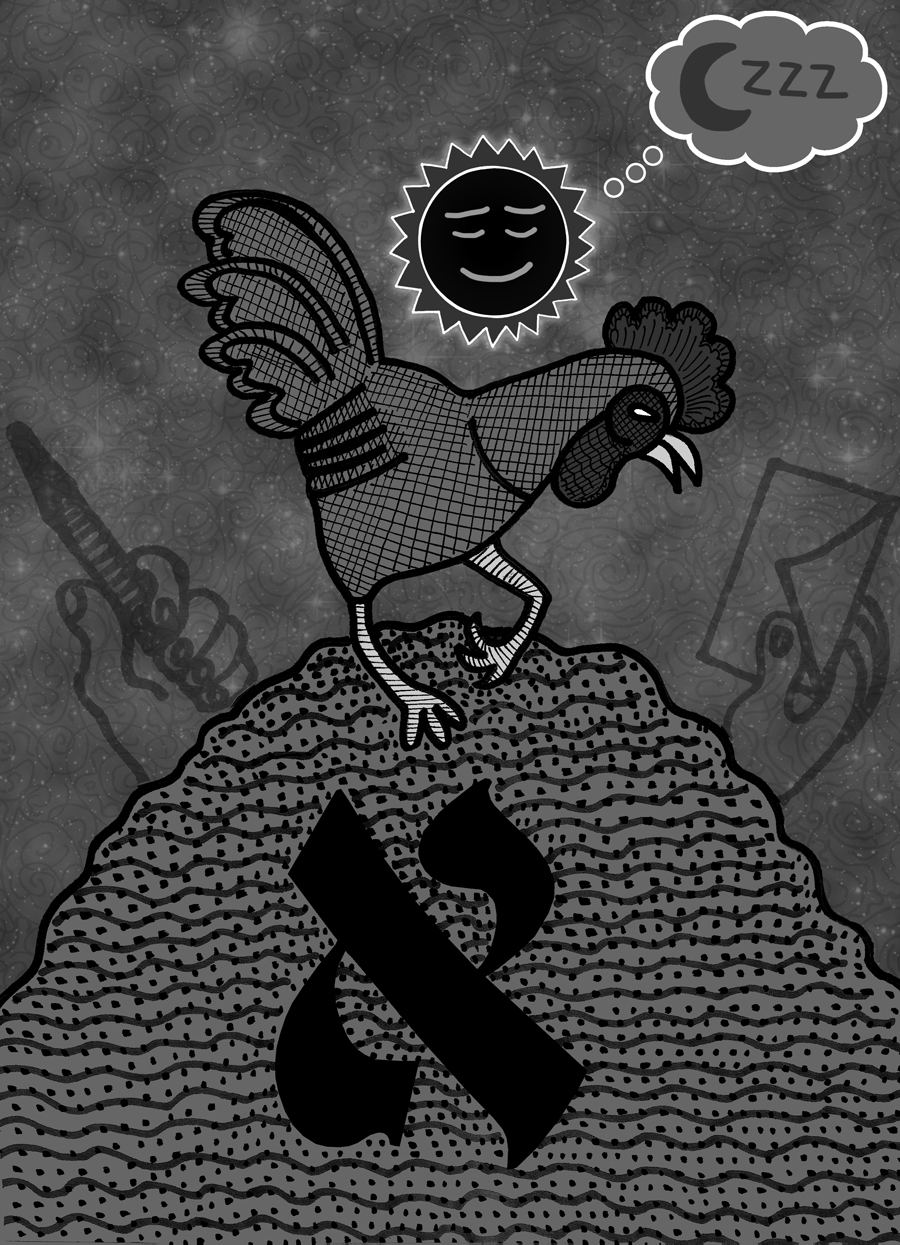
“The bird in the case was Belinda of the Dorans…and what she was scratching at the hour of klokking twelve looked for all this zogzag world like a goodish-sized sheet of letterpaper”
JJ, FW Pg. 111
A plot point in Finnegans Wake concerns a letter dictated by Anna Livia Plurabella to her son Shem the Penman, which may or may not exonerate Humphrey Chimpden Earwicker (her husband, his father) of the vague and ever changing crime(s) of which he is accused. The letter becomes lost, and then is unearthed by a hen named Belinda (sometimes called Biddy) in a garbage dump, and then taken by the other son, Shaun the Postman. It turns out that anywhere the letter would have spoken definitively on the character of HCE the hen’s beak has poked a hole in the paper.
That is at least one overly simplified way of reading one level of a small part of FW!
A bit of Joyce’s conceptual punning is illustrated above. Anna Livia Plurabelle’s character is identified through Finnegans Wake by the initials ALP, which is an abbreviation of Aleph. The first letter/number in the Hebrew alphabet/numerals. The search for Anna Livia Plurabella’s letter is in some ways a search for Aleph, the initial state.
All of which forms the background of an old comic strip of mine: BEACH/DUMP USA: A Drama of Comparisons (NSFW)
